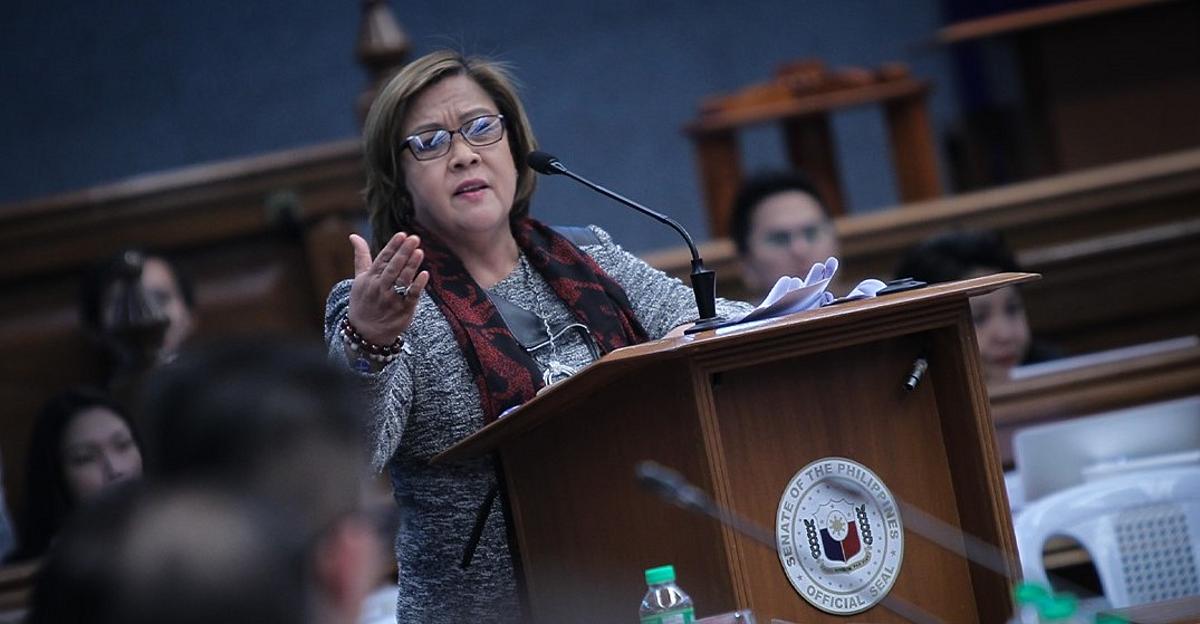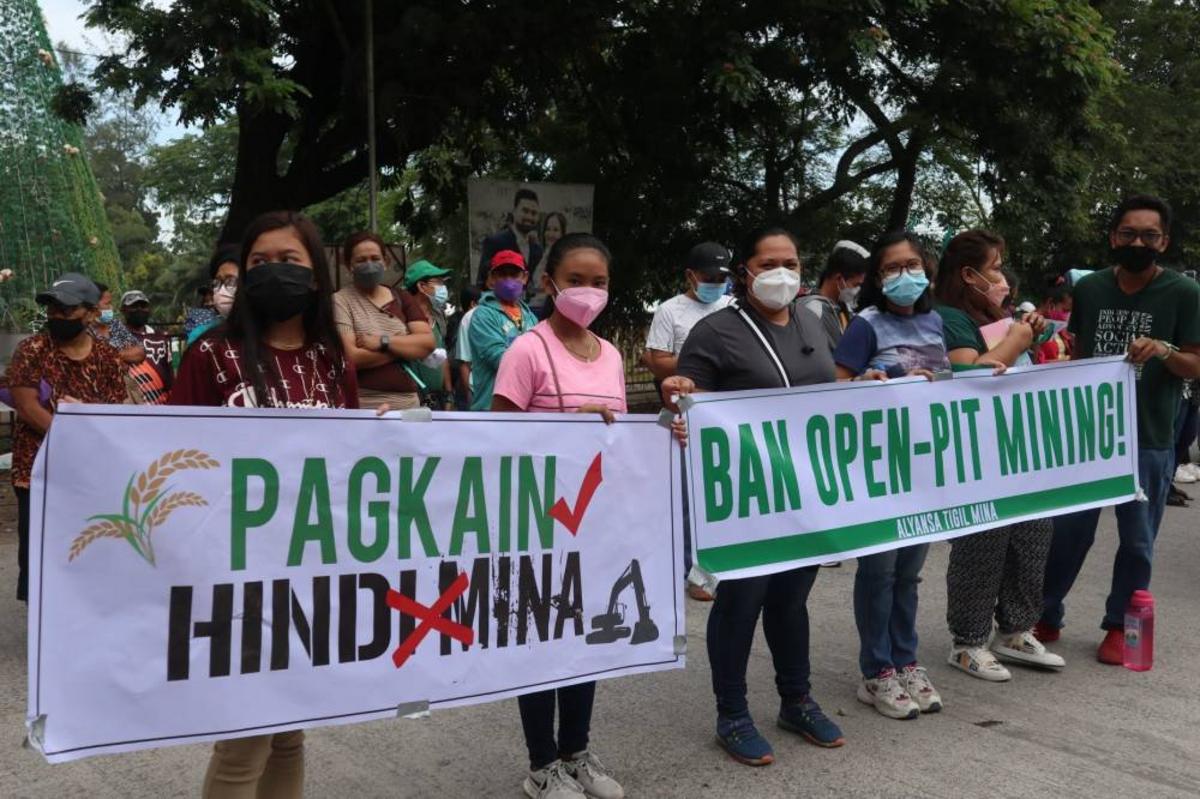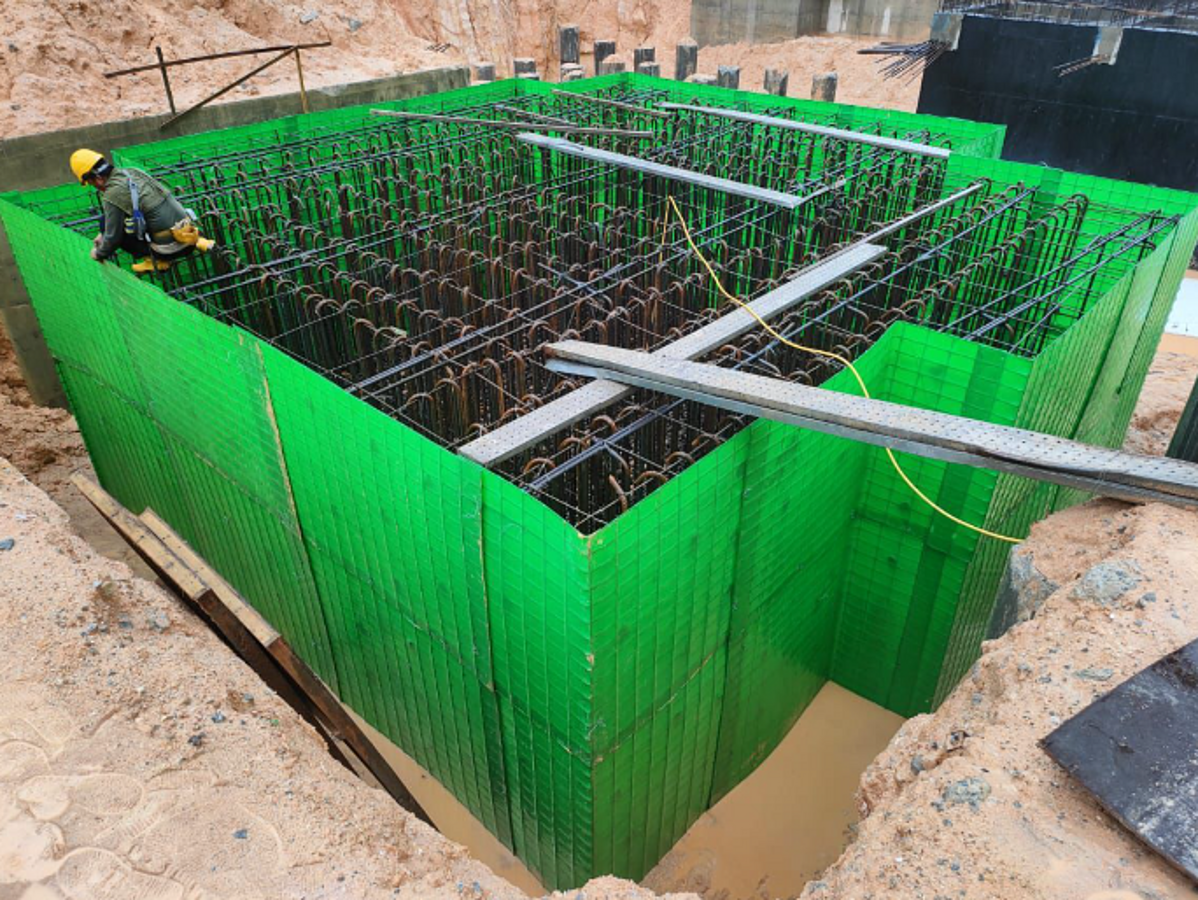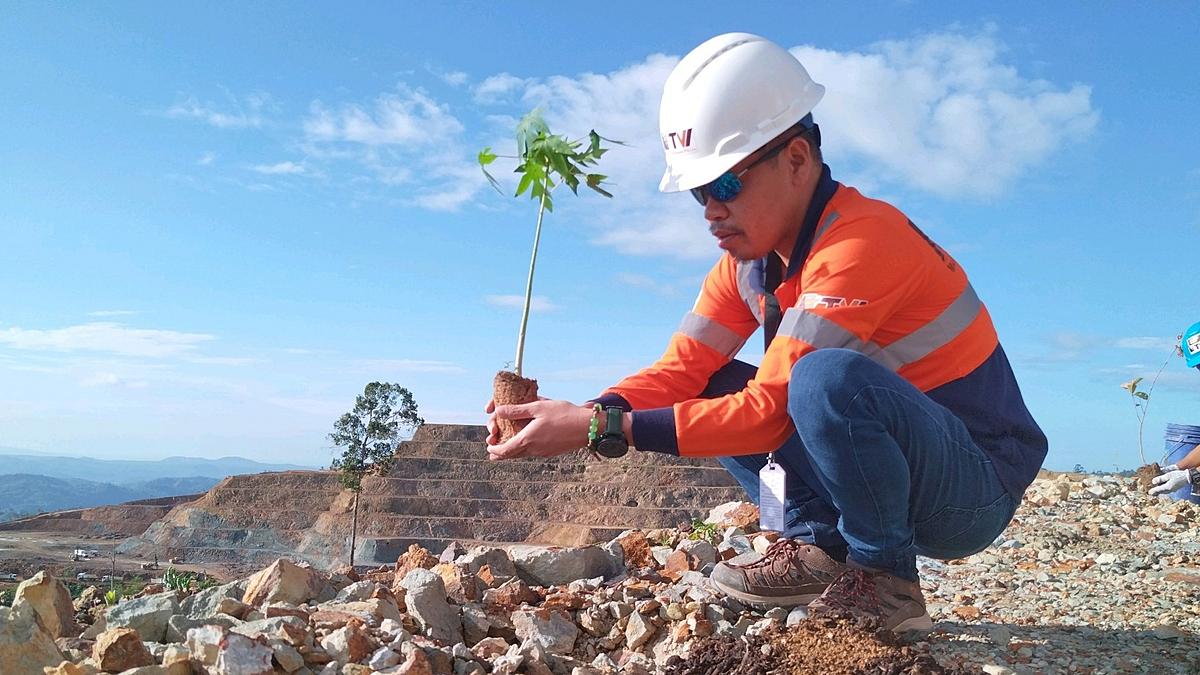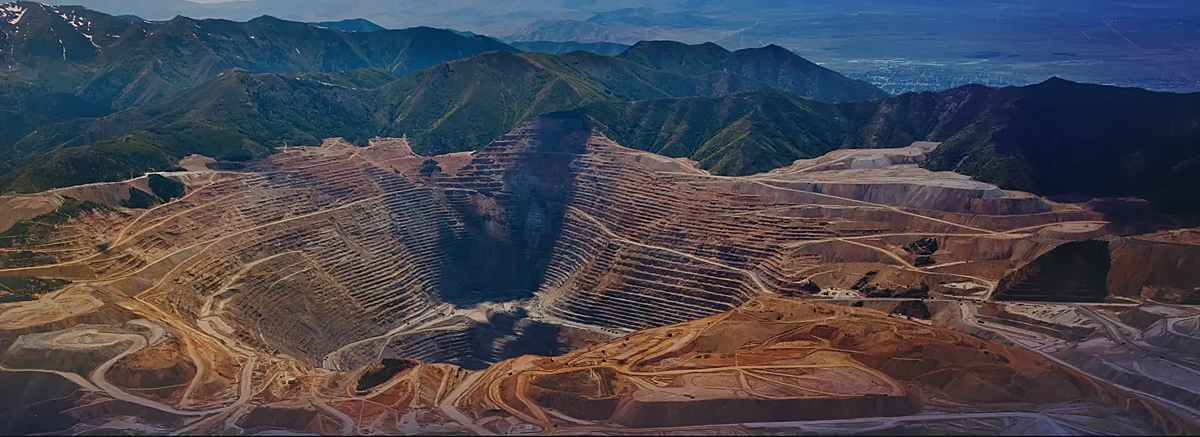Senator Leila De Lima [file photo from Leila De Lima Official Facebook page]
Open-pit mining is a globally accepted method that is considered to be the most feasible option for mining near-surface or shallow one deposits. Despite the track record of successful and safe open-pit operations in Australia, Canada, China and United States, there are still some who have apprehension towards the lifting of the ban on open-pit mining in the Philippines.
Before the year ended, DENR Secretary Roy Cimatu signed the Department Administrative Order (DAO) No. 2021-40 that lifts the ban on open-pit mining. The order was passed last 23rd of December 2021. This covers mining for copper, gold, silver and other complex ores. DENR made this decision with hopes to revive the mining industry so it may once again provide job opportunities in rural areas. This decision was a response to counter the economic downturn that resulted from the global pandemic.
Secretary Cimatu’s DAO No. 2021-40 now nullifies the DAO No. 2017-10 which was signed by former DENR Secretary, the late Gina Lopez. DAO No. 2017-10 banned open-pit mining in the Philippines for the past four years. Secretary Lopez was known as an anti-mining advocate and she passed the ban on open-pit method of mining during her time as her move to protect the environment from the adverse effects of mining.
In relation to DENR’s recent decision to finally lift the ban on open-pit mining, Senator Leila de Lima filed a resolution to investigate further on this matter. A copy of her proposed resolution was released to media last 16th of January 2022. Her resolution urges the Senate to assess DENR’s decision because she sees this as “possibly catastrophic” to the environment and to human life.
From a report by CNN Philippines, De Lima stated, “There is a need to conduct a thorough review of this policy decision as this can potentially open up the country once more to irresponsible mining practices which could further compromise the environment and pose health and safety risks to people and their communities.” [1]
Moreover, the Senator said that the government should find other ways to generate wealth not through mining because she believes that the industry’s extraction practices caused in the past many fatal accidents in the country.
De Lima cited the Marcopper mining incident in Marinduque back in 24th March 1996 wherein toxic waste from the mine site contaminated the Boac River. The 27-kilometer Boac River was the main source of livelihood for those who did not work for the mine. From this incident in 1996, the government reported the toxic tailings waste killed P1.8 million worth of freshwater and marine life and P5 million milk fish fry. The toxic spill from the mine site caused flash floods which affected five villages with populations of 4,400 people each. One of the villages was Barangay Hinapulan which was buried under six feet of muddy floodwater. The local source of drinking water was contaminated with toxins as well. [2] During that time, Marinduque was listed as among the 44 poorest of the 80 provinces in the Philippines. [3]
Senator De Lima noted that there had been at least five more mining disasters after this which clearly proves that the Philippines has “yet to figure out how to consistently extract mineral resources in a safe and efficient manner.”
“When gains and risks are placed on a scale, the State must always err on the side of caution,” De Lima said.
Although the Marcopper mining disaster happened almost 26 years ago, it was reported that the incident led to some significant changes in the government’s mining policies. The government made revisions on the rules of the Mining Act that puts more emphasis on the protection of the environment and to bring light to social issues. Of note, higher standards for rehabilitation were set and consultations with the local government and indigenous communities also became the main focus of concern of these policies. [2]
Meanwhile, the Department of Finance (DOF) supports DENR's decision to lift the ban on open-pit mining. In a statement published by Philippine News Agency, DOF Secretary, Carlos Dominguez III said Republic Act (RA) No. 7942 (Philippine Mining Act of 1995) "does not prohibit open-pit mining as there are economic, safety, and environmental considerations for employing this method".
The Secretary said, “As co-chair of the Mining Industry Coordinating Council (MICC), I support DENR Secretary Roy Cimatu's decision to lift the ban on open-pit mining. The matter was extensively discussed in the MICC and with advice and guidance from experts, the recommendation was to lift the ban.” He emphasised that proper measures to ensure safety in this mining method can be implemented.
“Strict monitoring and enforcement to ensure compliance with environmental standards shall be undertaken to prevent any abuse in the implementation of this type of mining activity... I am confident that the DENR is fully capable of regulating mining operations in the country so that mining activities are conducted safely with due regard to the protection of the environment.” He mentioned that he is mindful and aware of the impact of mining activities on the environment, thus he emphasised that the Philippines aims to greatly reduce its carbon footprint.
He said, “The protection of the environment is non-negotiable. We have to strike a careful balance between preserving and protecting the environment and pursuing our economic development objectives”.
Secretary Dominguez is an official representative of the President to the Climate Change Commission (CCC) and is the head of the Philippine delegation to the COP26, a global environmental summit that addresses climate change issues. Last year from 31st of October until 12th November, delegates from around the world gathered in Glasgow, Scotland for the COP26 summit to discuss and share their plans and strategies on how to control climate change.
Secretary Dominguez said that with the lifting of the ban, the mining industry can help with the country's economic recovery, because the DENR has projected that open-pit mining will "lead to the immediate development of 11 pending projects that are expected to generate about PHP11 billion combined in yearly government revenue, increase annual exports by PHP36 billion, and provide employment to 22,880 people living in remote municipalities". [4]
“Clearly, it will revive an industry that will create jobs and spur economic growth in the countryside... More importantly, the lifting of the ban on open-pit mining will help revitalize the economy as we begin to recover from the pandemic by generating additional revenues, royalty fees, export value, and even more jobs in related industries. These economic prospects can still be realised while we continuously implement strategies to manage and avoid the negative impacts of the open-pit mining method.”
He also pointed out that open-pit mines in Australia, Canada, China and the United States have been operating effectively and safely. This is possible too in the Philippines through tight monitoring and enforcement to ensure that mines strictly comply with laws and environmental regulations.
Lastly, DENR clarified that the major issues or fears concerning mining operations cannot be attributed to the open-pit method of mining, but rather to accidents or errors in wastes and tailings confinements. [4] Such accidents can be prevented through strict monitoring and implementation of safety measures.
-----
Reference:
[1] CNN Philippines (16 Jan 2022). “De Lima wants probe into lifting of open pit mining ban”. CNN Philippines. Retrieved from https://www.cnnphilippines.com/news/2022/1/16/de-lima-senate-probe-lifting-open-pit-mining-ban.html
[2] Environmental Justice Case Study - http://websites.umich.edu/~snre492/Jones/marcopper.htm and https://en.wikipedia.org/wiki/Marcopper_mining_disaster#cite_note-env-10
[3] Poverty Statistics Poorest 44 Provinces Archived 2010-11-27 at the Wayback Machine, National Statistical Coordination Board, 2000
[4] Philippine News Agency (30 Dec. 2021). "DOF backs DENR move to lift ban on open-pit mining". Retrieved from - https://www.pna.gov.ph/articles/1164102

